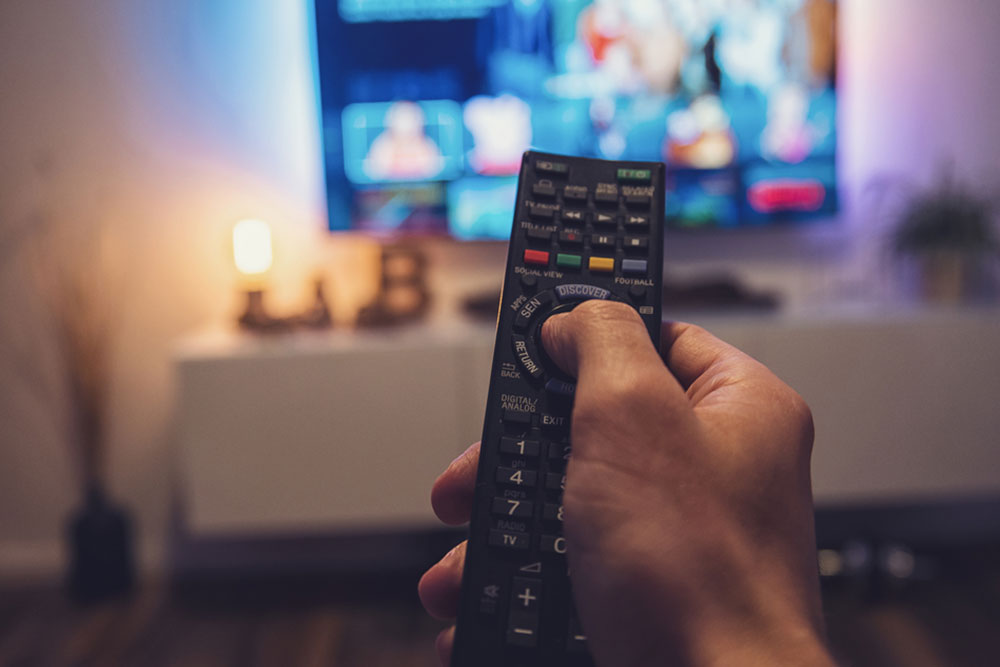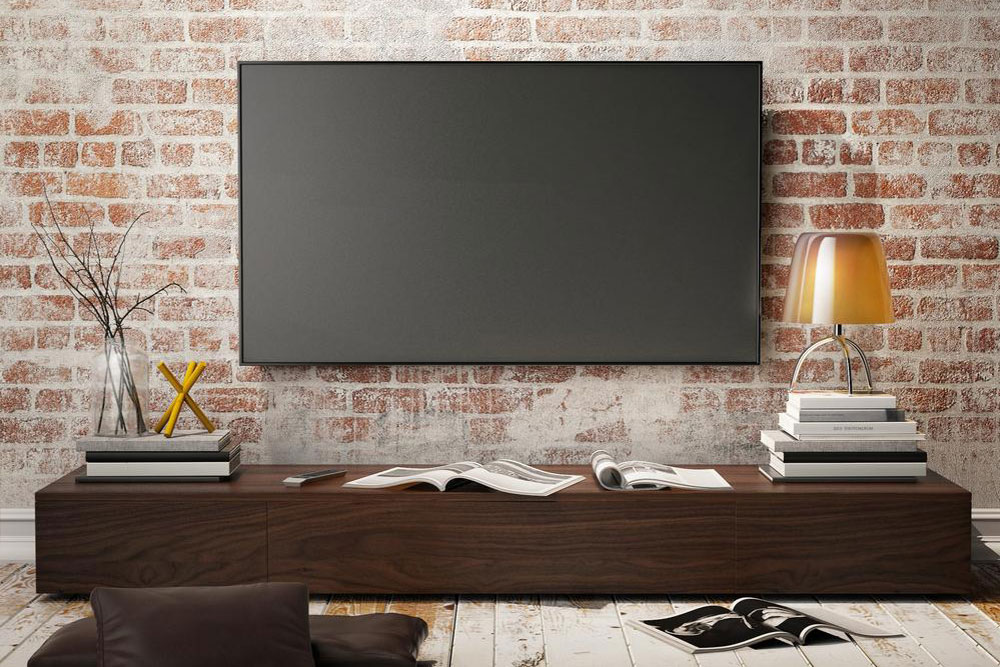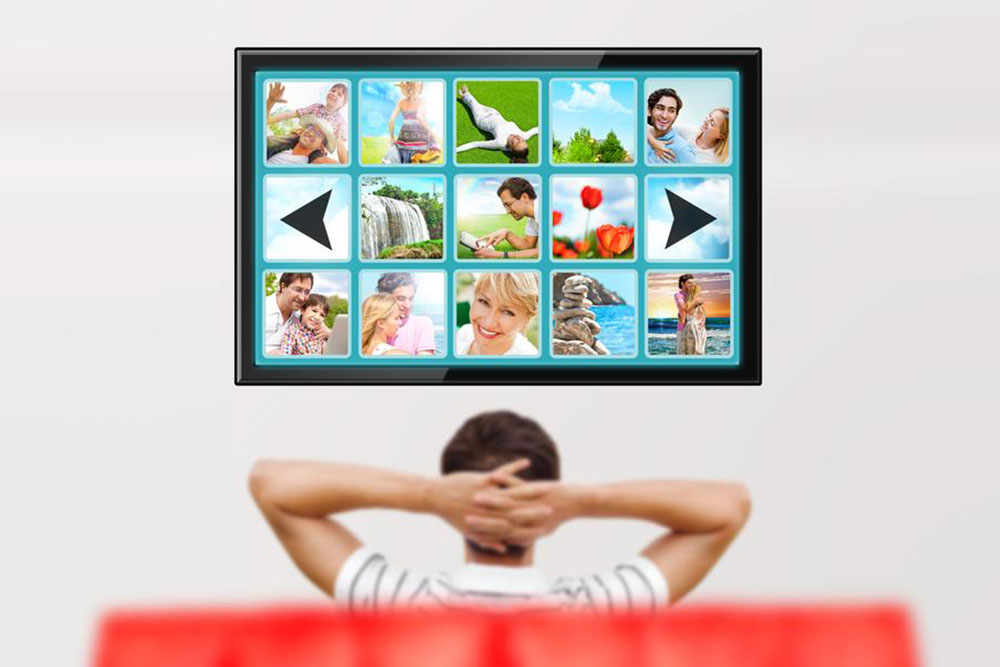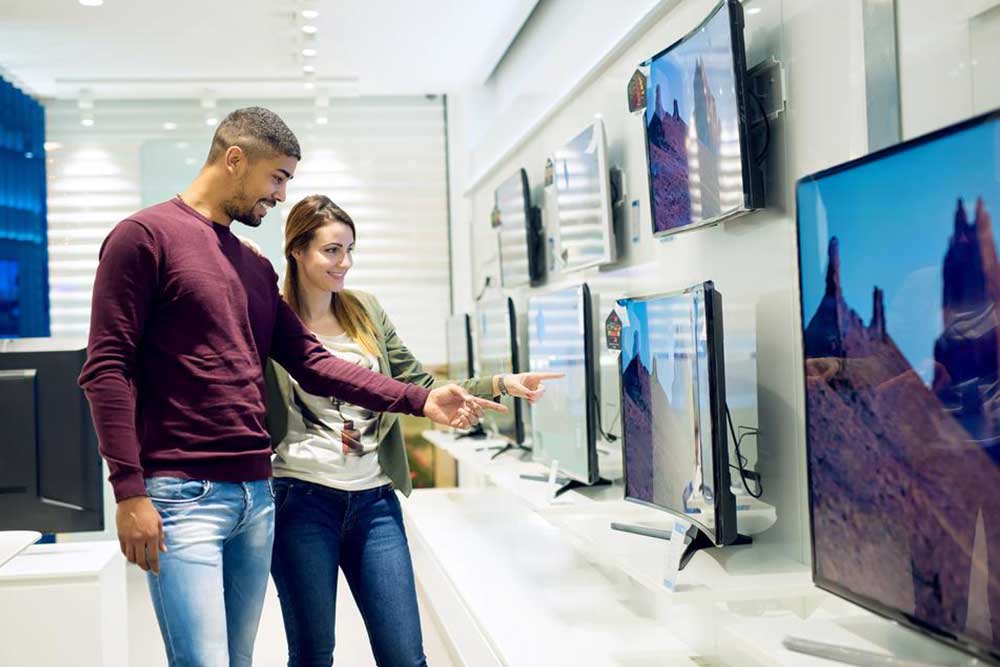The Transformation of Television: From Cable Networks to Streaming Platforms
This comprehensive article explores the evolution of television from traditional cable networks to modern streaming platforms. It details technological advancements, shifts in industry structure, new distribution models, and revenue innovations shaping the future of TV consumption. Ideal for understanding how viewer habits and industry dynamics have transformed over decades, this piece offers in-depth insights into the ongoing digital revolution in television entertainment.

The Transformation of Television: From Cable Networks to Streaming Platforms
Television has long been a staple of entertainment and information dissemination, but its evolution over the decades reflects significant technological advancements and shifting consumer preferences. Initially, the television industry was largely dominated by a handful of major networks, such as ABC, CBS, and NBC in the United States. These networks held a monopoly on content creation and distribution, shaping viewers' experiences and generating substantial advertising revenue. During this early era, television was a relatively slow-growing industry, characterized by limited options and centralized content control. The infrastructure primarily relied on over-the-air broadcast signals, and viewers had little choice but to tune into scheduled programming at specific times.
The landscape began to change with the advent of cable television in the late 20th century. Cable TV introduced a new subscription-based model that significantly expanded options for viewers. Instead of being confined to the major broadcast networks, audiences gained access to a vast array of channels such as HBO, Showtime, CNN, and MTV, among others. This innovation brought diverse content, from original series and movies to 24-hour news cycles, transforming how audiences consumed media. Cable also shifted the revenue model from solely advertising-based to include subscription fees, creating a more robust financial ecosystem for content providers and cable operators alike.
Despite these advancements, traditional cable television remained relatively stable until the rapid growth of smart technology. The proliferation of the internet and digital devices has dramatically transformed media consumption. Today, consumers are no longer limited to sitting in front of a fixed television set. Smartphones, tablets, and laptops enable streaming anywhere and at any time, catering to on-the-go lifestyles. Smart TVs equipped with internet connectivity have become common, allowing viewers to access streaming platforms directly without additional hardware. These technological advancements have ushered in a new era where content delivery is more personalized, flexible, and accessible than ever before.
The methods of distribution are no longer confined to the traditional broadcast or cable models. The rise of streaming services has fundamentally changed the industry structure. Devices like Amazon Fire TV, Roku, and Apple TV serve as gateways to endless streaming content, blending internet access with television programming. Streaming platforms, such as Netflix, Hulu, Disney+, and HBO Max, have adopted models that bypass traditional cable providers, offering direct-to-consumer subscriptions. This shift reduces dependency on cable companies and alters the competitive landscape of the media industry. While cable providers face challenges, many are innovating by integrating additional services like home security, internet bundling, and enhanced on-demand offerings to retain their subscriber base and ensure profitability in an increasingly digital environment.
Revenue streams have evolved as well. Previously, advertising and subscriptions primarily fueled industry profits. Today, streaming platforms generate revenue through subscriptions, ad-supported models, or a combination of both. The move towards digital delivery has also led to innovations in content personalization, data analytics, and targeted advertising, making the viewing experience more engaging and measurable. Despite the disruptive nature of these changes, traditional cable and satellite services continue to adapt, introducing hybrid models and integrating internet-based features to compete with rising streaming platforms.
Overall, the trajectory of television viewing illustrates a profound shift from traditional, scheduled broadcasts through cable and over-the-air signals to flexible, on-demand streaming services accessible on myriad devices. These advancements have not only expanded viewer choice but also reshaped the entire industry — from content creation and distribution to revenue generation and consumer engagement. As technology continues to evolve, the future of television promises even more innovative features, personalized content, and seamless viewing experiences that cater to the dynamic lifestyles of modern viewers. The enduring core remains: delivering compelling content, but the means of delivery are more versatile and consumer-centric than ever before.





